1. Bias Detection in Hiring Algorithms
AI-driven tools can analyze recruiting processes and identify patterns of bias in candidate screening, interview questions, and decision-making criteria, thereby helping organizations implement more equitable hiring practices.

AI solutions can analyze the end-to-end hiring pipeline to identify moments where bias may be introduced or reinforced. For example, these systems can scrutinize historical hiring data—résumés selected for interviews, interview questions asked, or the criteria used to assess candidates—to unearth patterns that disadvantage certain demographic groups. By pinpointing biased terms, rating inconsistencies, or patterns of exclusion based on gender, ethnicity, or educational background, AI-enabled tools help human resource teams modify their recruitment strategies. This not only promotes more equitable candidate evaluations but also lays the foundation for a more diverse and inclusive workforce.
2. Gender-Neutral Job Descriptions
Natural Language Processing (NLP) models can detect gender-coded language in job postings and recommend more neutral wording, ensuring job ads are more welcoming and inclusive to all applicants.

Natural Language Processing (NLP) algorithms can help remove gendered, culturally loaded, or exclusionary language from job postings. Often, seemingly innocuous words or phrases—like “rockstar” or “he/him”—can subtly dissuade female, non-binary, or gender-diverse applicants from applying. By scanning job descriptions and providing alternative suggestions, AI ensures that the language is balanced, appealing, and accessible to a broader talent pool. This leads to a more varied group of qualified applicants, ultimately broadening the perspectives and backgrounds represented within an organization.
3. Diverse Candidate Sourcing
AI-powered sourcing tools can expand the candidate pipeline by using broader datasets and search parameters to identify qualified talent from underrepresented backgrounds, reducing reliance on narrow, homogeneous talent pools.
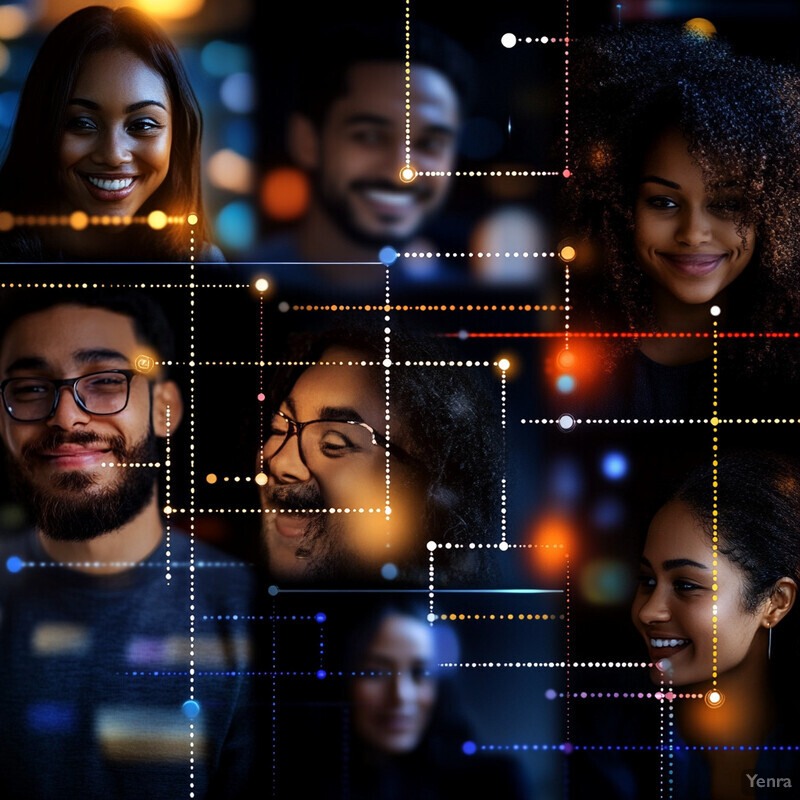
While traditional recruiting methods may rely heavily on networks and referrals that reflect existing demographics, AI-powered sourcing tools cast a wider net. Using sophisticated data-mining and matching techniques, these platforms identify qualified talent from underrepresented groups—whether that means searching beyond conventional job boards, broadening geographic reach, or tapping into niche professional communities. AI-driven recommendations help recruiters broaden the funnel, reduce homogeneous shortlists, and integrate more voices from different age groups, ethnic backgrounds, or educational paths into the talent pipeline.
4. Inclusive Performance Reviews
AI can analyze written performance evaluations and highlight potential bias or coded language that disproportionately affects certain groups, promoting equitable appraisal processes.

Performance reviews can be a breeding ground for unconscious bias, with employees from certain groups sometimes receiving less constructive feedback or fewer growth opportunities. AI-driven tools can analyze written evaluations and highlight language that may be unintentionally skewed—words like “aggressive” often target women or people of color disproportionately. By flagging such patterns, these systems encourage reviewers to use more objective criteria, ensuring that everyone is judged fairly on measurable performance indicators rather than subjective impressions. The outcome is a more equitable review process that supports merit-based career progression.
5. Pay Equity Analytics
Machine learning models can uncover pay disparities across demographic groups, helping companies proactively address wage gaps and work toward salary transparency and fairness.
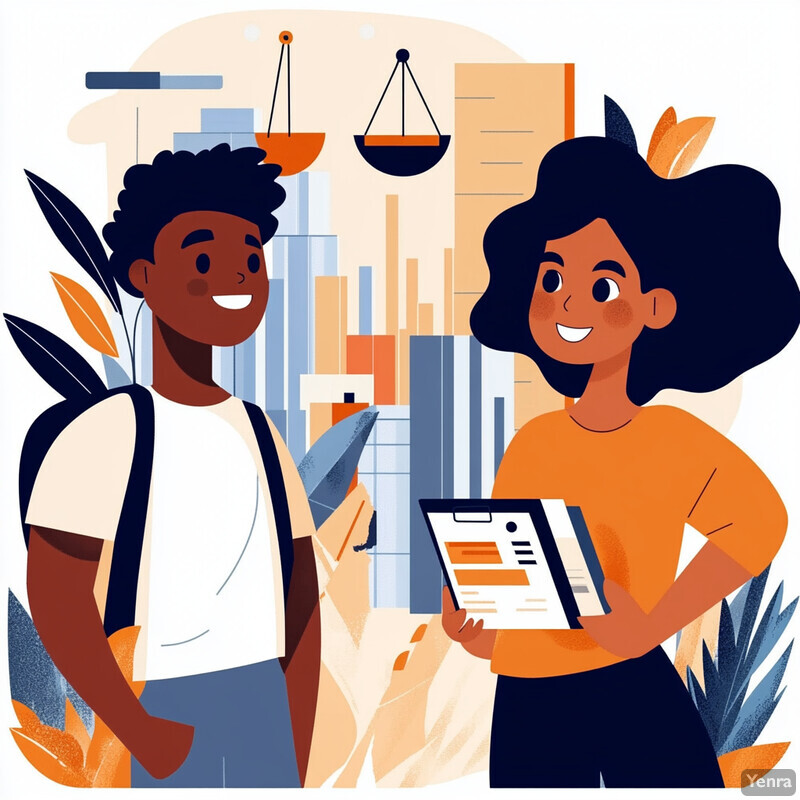
Machine learning models designed for compensation analytics can quickly detect pay disparities—such as people of color or women consistently earning less than their peers in similar roles. By aggregating and analyzing compensation data across an organization, these tools shed light on inequities that might otherwise go unnoticed. Once identified, leadership can take action, adjusting salaries, reviewing bonus structures, and standardizing merit increases to ensure fair compensation practices. Over time, this leads to a more inclusive culture where employees feel valued and respected regardless of their identity.
6. Inclusive Language Coaching
AI-based language suggestions in internal communications and training materials ensure terms, metaphors, and examples are culturally sensitive, avoiding microaggressions or exclusionary language.

AI-backed writing assistants and style guides can analyze internal communications, training modules, and marketing materials to ensure they’re free of subtle biases or microaggressions. For instance, they can highlight phrases that are culturally insensitive or recommend more inclusive metaphors. By integrating these tools into daily workflows—such as drafting emails, policies, or presentations—organizations ensure that their communication style fosters an atmosphere of respect. Consistent attention to inclusive language helps every individual feel acknowledged and represented, promoting a sense of belonging.
7. Accessibility Tools for the Workplace
AI-enabled speech-to-text, text-to-speech, and image recognition applications support employees with visual, auditory, or motor impairments, improving workplace accessibility and inclusivity.
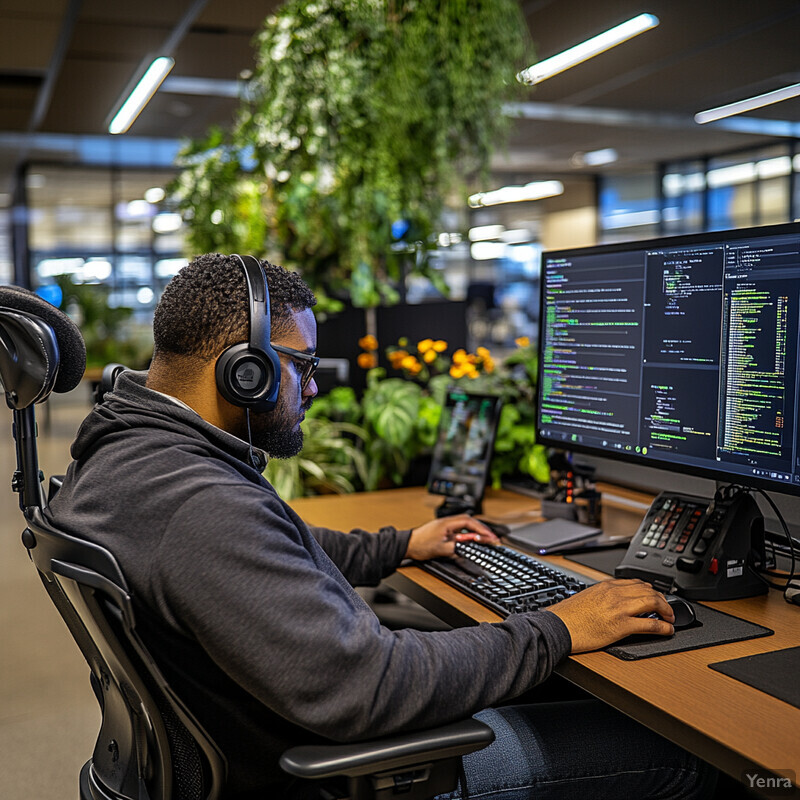
AI-driven assistive technologies like advanced speech-to-text, text-to-speech, and image recognition can help employees with disabilities fully engage with digital tools and information. A person with low vision might rely on a screen reader that leverages AI-generated image descriptions, or a Deaf employee could use real-time transcription services for meetings. By making critical information formats accessible to all, organizations create an environment where everyone can contribute effectively and excel in their roles, significantly improving inclusivity and productivity.
8. Virtual Sign Language Interpreters
Advanced computer vision and NLP can facilitate real-time sign language interpretation in virtual meetings, bridging communication gaps for Deaf and hard-of-hearing individuals.

AI-based systems trained on sign language gestures and grammar can provide on-demand interpretation services. Whether embedded in virtual meeting platforms or mobile apps, these tools connect Deaf and hard-of-hearing individuals with the broader team without the need to schedule human interpreters. The result is more spontaneous, natural communication and collaboration, allowing everyone to participate in real time. This immediacy fosters an environment in which employees can fully engage and have their voices heard, regardless of hearing ability.
9. Global Accent Recognition
Speech recognition models trained on diverse accents and dialects foster more inclusive user experiences, ensuring AI-driven assistants and communication platforms understand and serve users from all linguistic backgrounds.

Many speech-recognition systems struggle with accents or dialects that differ from their training data. AI models trained with diverse linguistic inputs can accurately interpret a wide range of accents, ensuring that everyone’s voice is understood. This inclusivity is invaluable in multicultural, global organizations where employees or customers speak English as a second language or have regional accents. By improving comprehension, AI removes barriers that can marginalize certain speakers, enabling smoother communication and collaboration.
10. Diverse Training Data Sourcing
Techniques that audit and augment training datasets promote more representative AI models, reducing inherent biases and ensuring a wider range of perspectives are accounted for.

AI models are only as fair and robust as the data they’re trained on. By deliberately sourcing and curating diverse datasets—encompassing various ethnicities, genders, ages, languages, and cultural contexts—organizations can build more inclusive AI tools. This prevents models from adopting the biases present in homogenous training sets. Diverse training data ensures that AI systems perform equally well for all demographic groups, allowing them to serve as impartial and effective tools rather than perpetuating existing inequalities.
11. Unbiased Recommendation Engines
AI-driven recommendation tools for content or services can be calibrated to avoid stereotyping users and ensure individuals from all backgrounds receive fair and relevant suggestions.

Recommendation algorithms influence which products, services, or content users see, often amplifying certain viewpoints or cultural narratives over others. AI models can be fine-tuned to avoid reinforcing stereotypes—for example, by ensuring that leadership development programs, mentorship opportunities, or training materials are suggested to employees from all backgrounds, not just a select few. By broadening the range of what is recommended, these engines support a more inclusive environment where everyone has equal access to growth and resources.
12. Sentiment Analysis for Underrepresented Groups
Advanced NLP techniques can detect and measure community-specific sentiments and concerns, enabling organizations to respond more empathetically and address inclusion challenges.
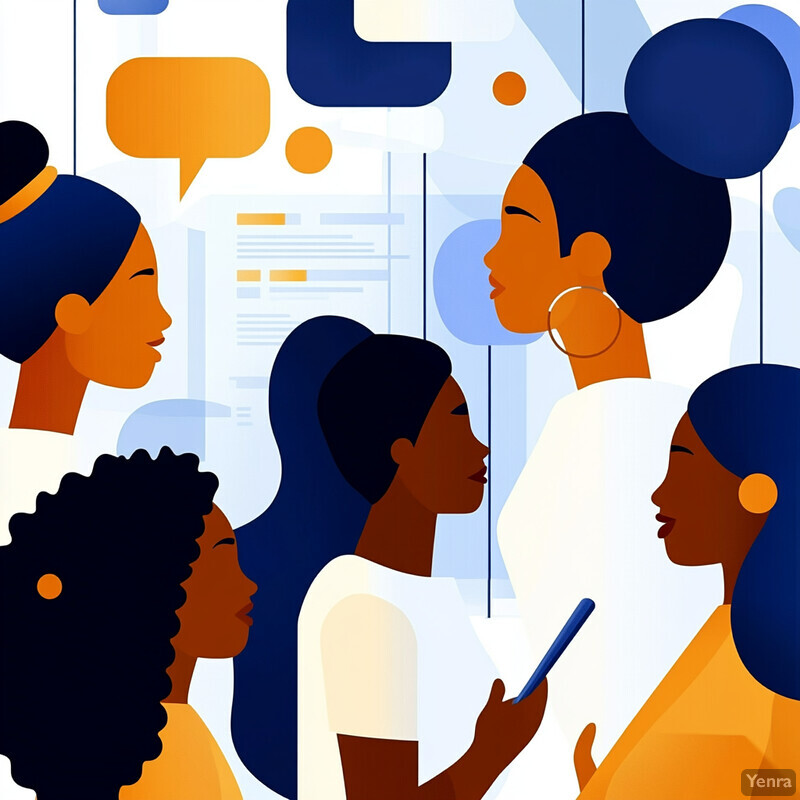
AI-driven sentiment analysis can measure how various demographic groups feel about internal policies, cultural initiatives, or leadership communications. By analyzing feedback from different segments of the employee population—such as women in STEM roles or members of the LGBTQ+ community—organizations gain insight into unique experiences and challenges. These insights drive targeted improvements, such as updating policies, creating new support groups, or offering trainings that address specific concerns, ultimately enhancing the inclusivity of the overall environment.
13. Culturally Aware Chatbots
Conversational AI can be tuned to respond knowledgeably and respectfully to cultural nuances, fostering a more inclusive atmosphere in customer support and internal communication.

Customer support chatbots or internal helpdesk assistants can be trained to recognize and respond sensitively to cultural nuances. Rather than using a one-size-fits-all approach, these AI systems can incorporate cultural references, avoid region-specific idioms that might confuse non-local speakers, and communicate in a respectful, context-aware manner. The result is a more positive, understanding interaction that makes users, employees, or customers from different cultural backgrounds feel valued and respected.
14. Diversity Metrics Dashboards
Predictive analytics can combine demographic, engagement, and performance data to help organizations monitor diversity goals and track inclusion efforts over time.

Visualizing diversity and inclusion data helps leaders track progress and identify areas of need. AI-powered analytics can produce dashboards that break down workforce demographics, promotion rates, retention patterns, and engagement scores by category. By highlighting trends—for example, a higher attrition rate among certain groups—leaders can proactively address issues, target interventions, and monitor the effectiveness of inclusion initiatives over time. This data-driven approach leads to more informed decision-making and long-term improvements in organizational culture.
15. Holistic Workforce Planning
AI can identify trends in retention, engagement, and promotion disparities, helping leaders design interventions to cultivate a more inclusive talent pipeline.
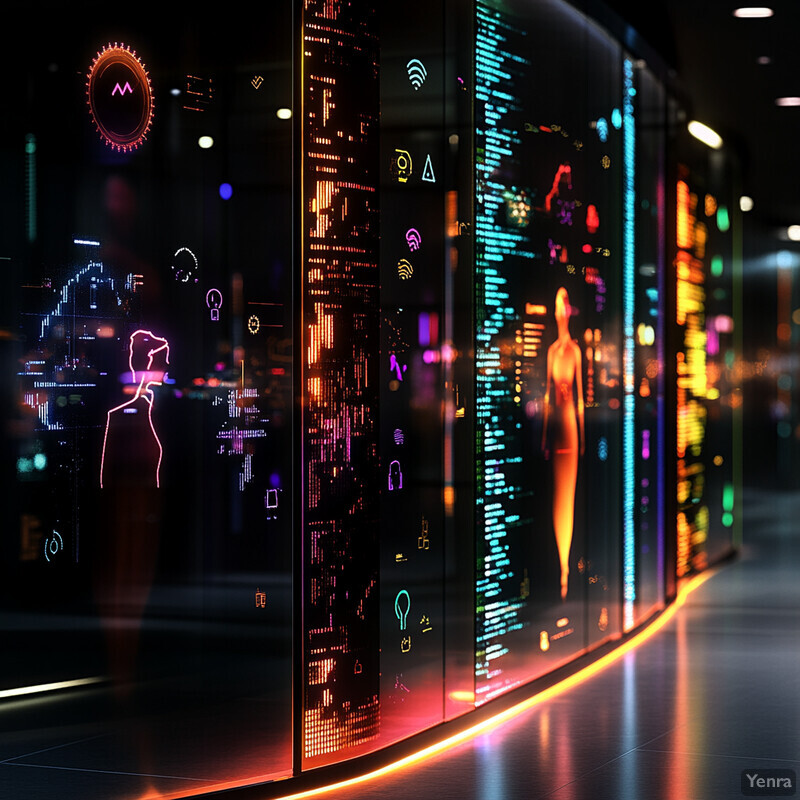
AI helps HR teams predict future workforce needs and identify potential gaps in representation. By analyzing historical hiring, promotion, and turnover data, these tools can forecast where underrepresentation might persist if current trends continue. For example, they can predict that without intervention, leadership roles remain disproportionately filled by one demographic group. Armed with these insights, organizations can launch targeted recruitment programs, mentorship opportunities, and leadership pipelines that proactively increase diversity at all levels.
16. Empathy-Driven Training Simulations
VR and AI-generated role-play scenarios allow leaders and employees to experience situations from different cultural perspectives, increasing empathy and awareness.

Virtual reality (VR) experiences enhanced by AI can immerse managers and employees in scenarios that reflect the experiences of colleagues from different cultural, ethnic, or socioeconomic backgrounds. By allowing participants to “step into someone else’s shoes,” these simulations build empathy, reduce unconscious bias, and foster better interpersonal understanding. The more employees comprehend diverse perspectives, the more inclusive decision-making and team dynamics become, ultimately strengthening the organization’s cultural competence.
17. Adaptive Learning Materials
AI-driven learning platforms can personalize educational and professional development content to meet different cultural learning styles, languages, and backgrounds, creating more inclusive learning environments.

AI-driven learning platforms can tailor educational content to suit various cultural contexts, learning preferences, and language proficiencies. By analyzing user behavior, the system might provide more examples relevant to a particular cultural background or offer training in a preferred language. This individualized approach ensures that everyone has an equal opportunity to learn, develop new skills, and advance in their career. Over time, such inclusivity in learning strengthens the talent pool, fostering a truly global and culturally sensitive organization.
18. Bias Alerts in Communication Tools
Real-time AI systems can monitor internal chat channels, email, and documents for biased language or harassment, prompting users before harmful messages are sent.

Integrated AI systems can monitor internal messaging platforms for language patterns or terms that may be harassing, offensive, or biased. When a flag is raised—perhaps for a gendered insult or a racially charged phrase—the sender receives a discreet nudge before the message is sent. This real-time feedback mechanism encourages more respectful communication, deterring harmful language and helping maintain a workplace environment where every employee feels safe and valued.
19. Emotion Recognition for Accessibility
AI systems can recognize emotional cues in voice and facial expressions, helping individuals with certain disabilities better understand social interactions in both educational and professional settings.

AI systems that interpret vocal tone, facial expressions, or body language can support neurodivergent individuals or those with social processing differences in better understanding social cues. For example, someone who struggles with reading emotional expressions might receive subtle prompts or summaries of group sentiment. This fosters more inclusive meetings and collaborations, ensuring that communication differences don’t hinder an individual’s ability to contribute meaningfully to team dynamics.
20. Fairness in Financial and Healthcare Decision-Making
AI-assisted decision-making tools in lending, insurance, and healthcare can be audited and adjusted to ensure fair treatment of individuals from marginalized communities, reducing systemic inequalities.

In domains like lending, insurance, and healthcare, AI models inform high-stakes decisions that have historically disadvantaged certain groups. By continually testing and refining these models against fairness metrics, organizations can identify and correct for biases that might lead to discriminatory lending practices, inflated insurance premiums, or unequal healthcare coverage. Ensuring these systems treat individuals fairly, regardless of race, gender, or socioeconomic status, contributes to a more equitable society and demonstrates the positive social impact AI can achieve.